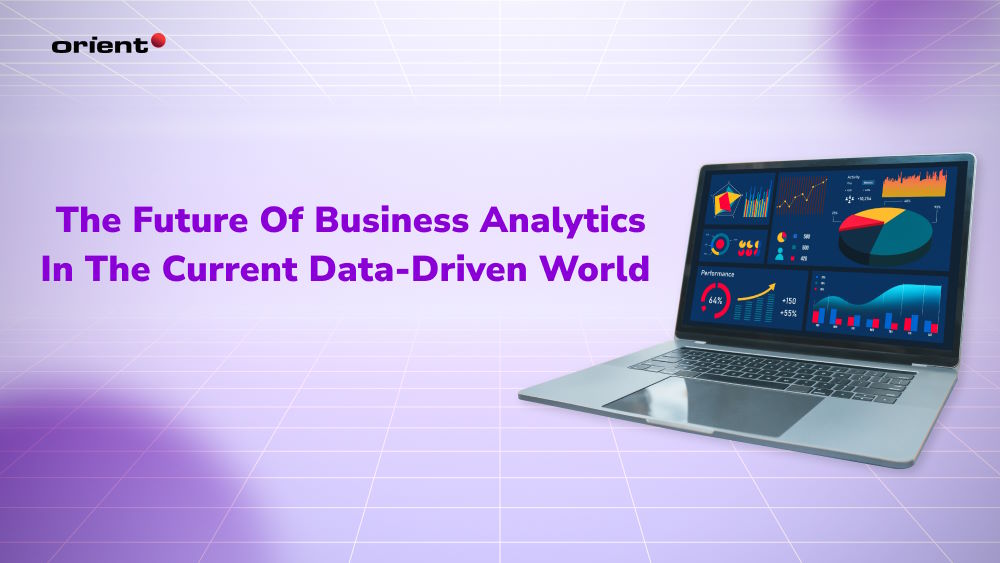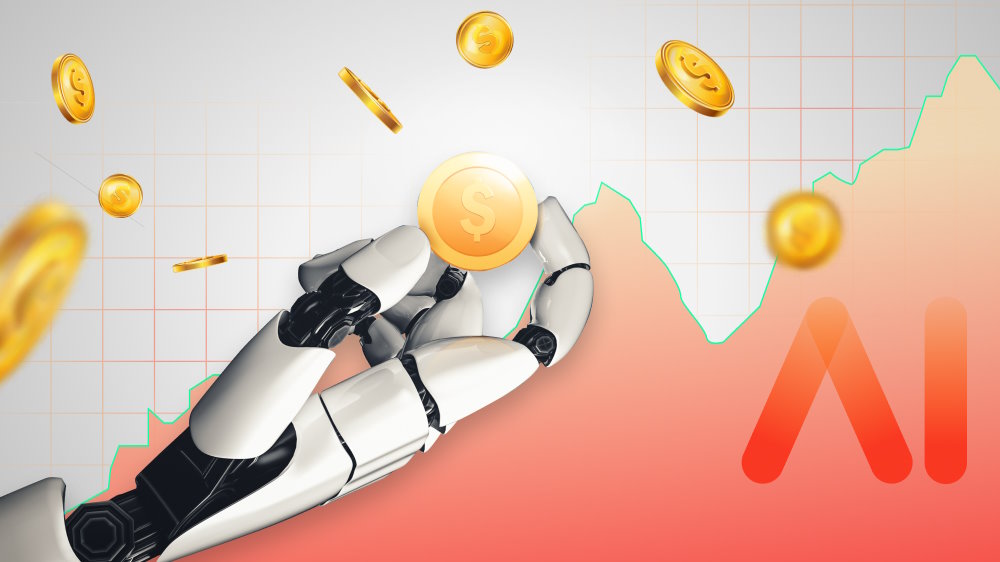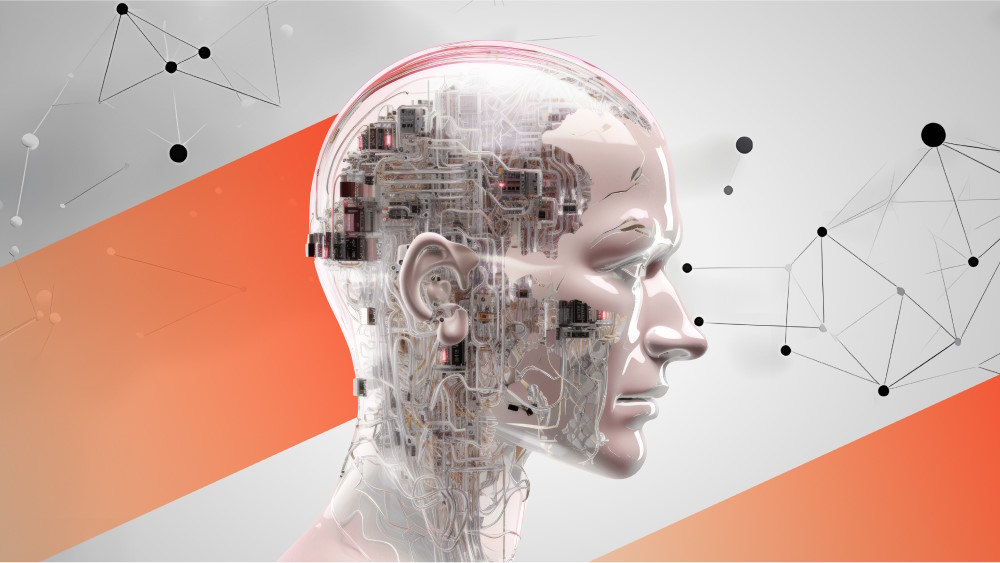The Future of Business Analytics in the Current Data-driven World

Content Map
More chaptersNowadays, data is the new oil - an invaluable resource - that businesses must be able to leverage to their advantage. With the advancement of big data technology, the pivotal role of data-driven decision-making has been pushed to a new height where the business outcomes have to be determined based on realistic, real-time data rather than assumptions or gut feelings.
Soon enough, there will be no room for businesses that do not embrace data analytics as a core component of their day-to-day operations. More than one of the business solutions, BA is the passage of the future for all kinds of companies and organizations. In this writing, we may sneak a peek into how business analytics will turn out to be the driving force behind business success in a few years to come, as well as forecast its latest trends. Wait no more; let’s get started.
What Is Business Data Analytics?

Basically, business analytics (BA) is the multifaceted process of analyzing historical and current data to extract valuable insights. BA employs various techniques, such as data mining, data collection, data preparation, data visualization, data management, predictive analytics, data science, etc. Business analytics also use advanced technologies, namely AI, machine learning, and natural language processing (NLP). When the organizational data is thoroughly analyzed and converted into useful info - patterns, trends, and data insights - that business owners can lean on to shape their data-driven decisions.
There are three types of BA, namely descriptive, predictive, and prescriptive analytics.
- Descriptive Analytics: It involves the analysis of past data to depict what has occurred and why something happened. Businesses are able to understand their current performance of day-to-day operations and identify areas for improvement. This type of analytics is often used to create reports, dashboards, scorecards, and other visualizations.
- Predictive Analytics: As the phrase implies, this analysis derived from historical data is used for making predictions on customer behavior, demand trends, market trends, and heaps more.
- Prescriptive Analytics: It goes beyond predicting the future and recommends actions that businesses should take to optimize outcomes. This type of analytics is used to identify the best course of action based on data insights. For example, prescriptive analytics can help businesses determine the most effective pricing strategies, marketing campaigns, or supply chain optimizations.
By comparison, business analytics and business intelligence (BI) are both data-processing. However, these two are different in how they use data. BI focuses on descriptive analytics involving present and historical data to gain deeper insights into what has happened or is happening. Meanwhile, business analytics is more forward-looking – concentrating on predictive and prescriptive analytics – to forecast emerging trends or future outcomes.
Top Future Business Analytics Trends

BA is set to constantly change and adapt to new innovations over time; thus, we can expect to see more uses of business analytics tools in the near future and a heap of refreshments and new developments in this domain. By those, we mean the future trends and terms the public can see in terms of business analytics in the upcoming years or even further. Now, let’s come to the guessing and align our expectations about the future of BA:
Data Fabric
The term ‘data fabric’ will become increasingly ubiquitous. What is it, anyway? Data fabric is an architectural approach to data integration and management. It enables seamless data access and processing across a variety of sources, formats, and locations, from on-premises servers to cloud-based systems. By creating a unified, integrated view of data without silos, data fabric simplifies the process of retrieving and analyzing data.
Another competitive advantage in terms of data governance is that the data fabric architecture supports various governance activities - to ensure data quality, lineage, and data security across the entire landscape. It also provides better data control, reducing the risk of unauthorized or misused data. In the foreseeable future, as businesses continue to generate and rely on huge volumes of data, this approach will be more and more present in the BA landscape.
Augmented Analytics
The utilization of multiple advanced technologies, namely artificial intelligence, machine learning, natural language processing (or NLP), or analytics tools to automate data preparation, analysis, and visualization processes is augmented analytics. With the aid of technology, data analysts will be able to extract actionable insights at a higher level of accuracy and efficiency. It frees up time and effort to process data for both tech- and non-technical users, prioritizing resources for other higher-value tasks and making informed decisions.
Due to its convenience and effectiveness, augmented analytics must be the right move for BA in the future. So much more than a fad, the use of advanced technologies and tools to automate data analysis is a future-proof tendency projected to make former business intelligence trends and traditional BA tools obsolete soon. The unparalleled capabilities of quickly and efficiently handling huge volumes of data, analyzing trends in real time, and generating predictive models make augmented analytics the new standard for business data analysis.
Citizen Data Scientists
In this day and age of big data, there is indeed a soaring demand for individuals proficient in data analytics. From the perspective of employers, they trip over the difficulties of finding and hiring a seasoned data scientist who has solid expertise in the domain, primarily due to the talent shortage or competitiveness in the labor market.
To address this gap, a majority of businesses will turn to overseas resources - outsourcing to a reliable service provider who can supply them with well-trained and competent data science teams. Others resort to citizen data scientists – those who may not have background knowledge in statistics or computer science but possess critical thinking skills and can leverage technology to analyze data. This shift will also open up new career opportunities for more people.
Data Privacy & Security
The digital transformation has its upsides and downsides as well. Cybersecurity threats, like data breaches, are the primary concerns for all involved in the world of data. The sheer volumes of data that businesses generate, collect, and manage makes data protection in cyberspace a daunting challenge.
Now or later, the matter of info privacy and security will always remain a paramount concern for businesses at all levels as it significantly impacts data quality and integrity, further affecting the outcomes of business analytics. This future tendency is an alert about secure data storage and data sharing practices in order to raise awareness for organizations.
Data Storytelling
The ability to visualize data into compelling stories that make people understand complex datasets is becoming more necessary than ever. Data storytelling has gained traction as a crucial component of data analytics and business communication. It is the art of converting raw data into narratives that are easy to understand using visual elements like charts, graphs, and infographics.
Soon, we’ll see data scientists and analysts being required to have strong data storytelling skills in order to communicate their findings effectively with stakeholders who may lack technical expertise or interest in statistics. That’s why the aspect of data storytelling is set to rise in the domain of business analysis.
Generative AI
2023 was a successful year of generative AI, with a plethora of AI-driven solutions popping up on the global market. And there is no doubt that this advanced technology will meet its decline any time soon. For those uninitiated, generative AI refers to the utilization of NLP, deep learning, AI, and machine learning techniques together to create an algorithmic system that can generate automated responses and solutions to input prompts in the form of unstructured text data.
In the near future, generative AI, with its unparalleled capabilities of processing vast amounts of data and automating tasks (I.e., predictive analysis, sentiment analysis, and trend detection), is set to revolutionize the way businesses capture insights from data. This technology will be a fundamental tool for business analysts in their quest for data-driven decision-making.
Self-service Analytics
This is a form of business intelligence where end-users are empowered to conduct data analyses by themselves, just as its name suggests. Self-service analytics partially eliminates the need for specialized skills or the assistance of IT or data professionals unless really necessary. This approach aims at data democratization and self-sufficient analytics, empowering everyone to be data literate and make informed decisions based on data.
Cloud-based Analytics
Cloud computing has changed how businesses operate, including data analytics. Instead of storing and processing data on local servers or machines, companies can now use cloud-based services to store, monitor, and analyze their data remotely. This cloud-based trend will continue to grow as more and more businesses see the benefits of cloud-based analytics, such as increased scalability, flexibility, cost-effectiveness, and faster deployment of analytics solutions.
Furthermore, cloud-based analytics also allows for real-time collaboration and data sharing among team members, making it easier to conduct analyses and make decisions based on the most up-to-date information.
Embedded Analytics
This is the definition of integrating analytical capabilities and data visualization tools directly into an existing software system. Embedded analytics enables practitioners to access and analyze data without switching between different systems or tools.
In terms of future trends, embedded analytics is expected to become increasingly popular as more organizations seek ways to embed data-driven insights into their daily operations and processes. This will further drive the demand for real-time data analysis and contribute to the rise of augmented analytics.
Wrap Up
As we move towards a more data-driven world, businesses must adapt to the dynamic changes in the field of analytics and equip themselves with the essential tools and skills to stay ahead. The future of business analytics is widely open, with a lot of potential and unknowns. One thing is for sure, though – data will play a bigger part in shaping the success of businesses across all industries. Thus, whether you’re a business owner, analyst, or aspiring data professional, it’s essential to stay updated with the latest trends in business analytics and make the most out of this exciting and constantly evolving field.
If you are planning to make a move into the business analytics field with your own software solution, make sure you have a reliable IT partner whose technical expertise and resources can back you up. You have us - Orient Software. Standing at the forefront of innovative technologies, we deliver tailored software solutions that can help you incorporate the latest trends in business analytics into your operations. Aside from custom software development services, we provide IT staff augmentation and dedicated teams to aid businesses in leveraging the power of technology. Get in touch with us today, and let’s make your data-driven vision a reality.







